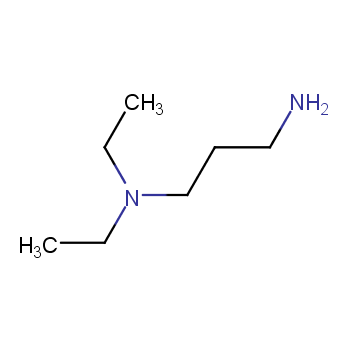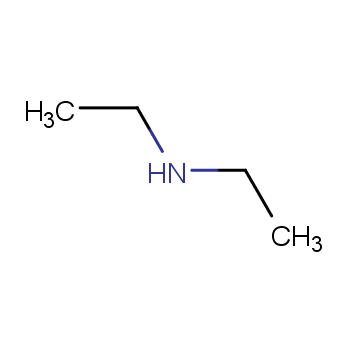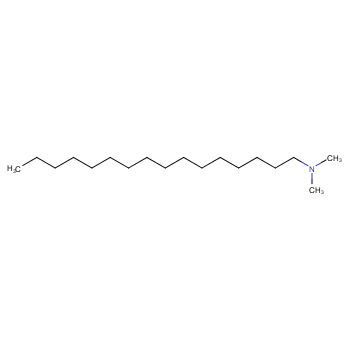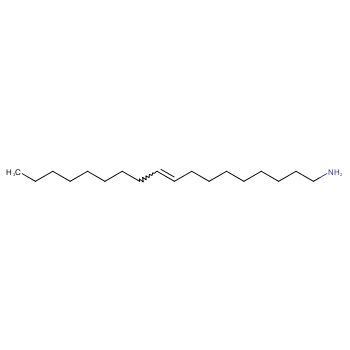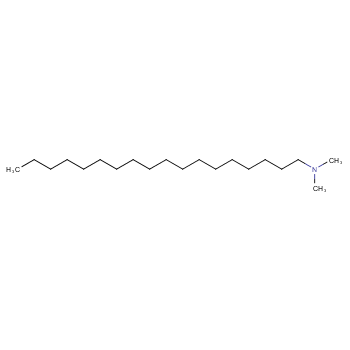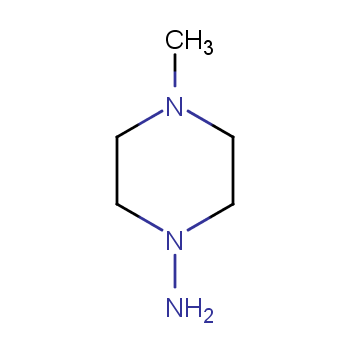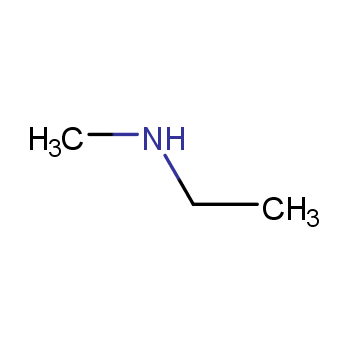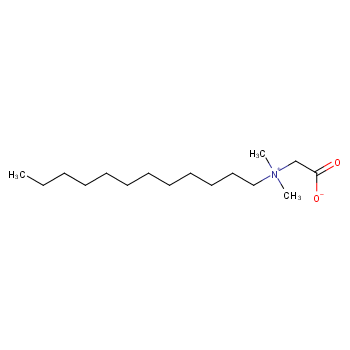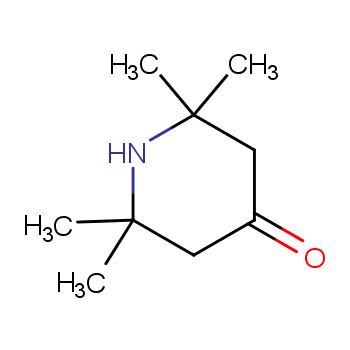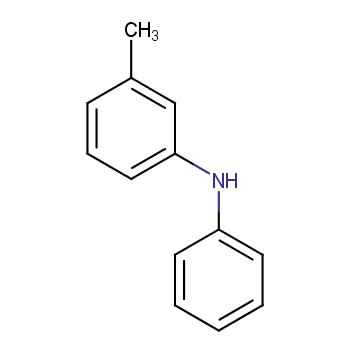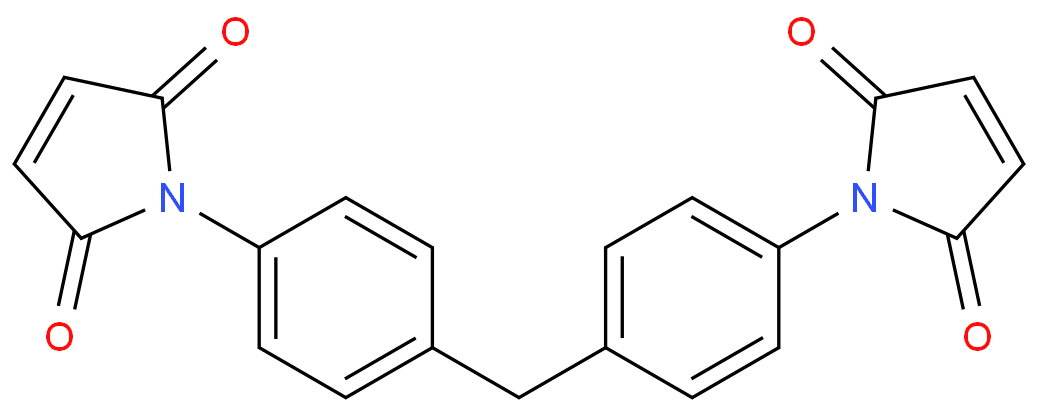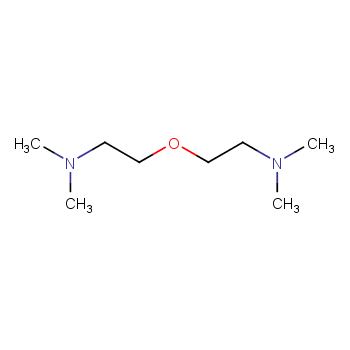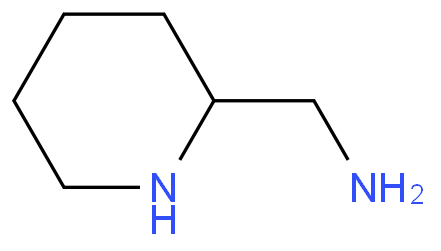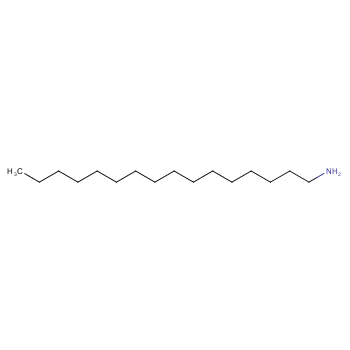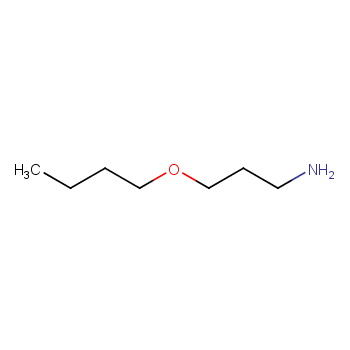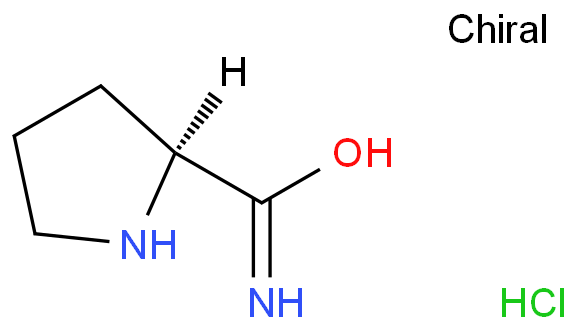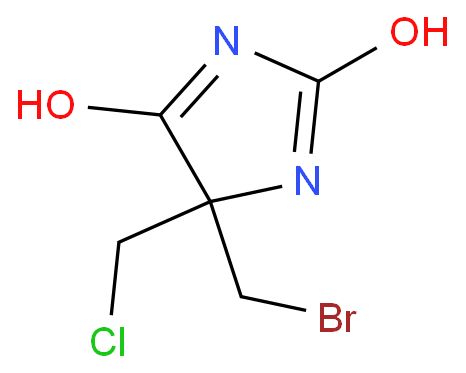Amines are organic compounds characterized by the presence of a nitrogen atom firmly bonded to one or multiple carbon atoms. These compounds stem from ammonia derivatives, wherein carbon-containing groups substitute one or more hydrogen atoms in the ammonia structure.
Amines categories
Amines are categorized into three main types based on the number of carbon groups attached to the nitrogen atom. These types are primary, secondary, and tertiary amines.
In the context of primary amines, a solitary carbon group forms a bond with the nitrogen atom. Contrastingly, secondary amines feature dual carbon groups, and tertiary amines showcase a triad of carbon groups linked to the nitrogen atom. Amines can also be further classified as aliphatic or aromatic, depending on whether the nitrogen atom is part of a saturated or unsaturated carbon chain or ring structure.
Usage of Amines Products
Amines find extensive utilization across multiple domains, encompassing pharmaceuticals, agriculture, and materials science, owing to their versatile properties. Serving as both bases and nucleophiles, amines prove indispensable in a spectrum of chemical reactions.
Capitalizing on their reactivity, primary and secondary amines emerge as valuable initial components for synthesizing a wide array of compounds. These compounds form the foundation for crafting intricate molecules that play pivotal roles in pharmaceutical advancements and specialized materials.
In parallel, tertiary amines bring their catalytic prowess to the fore, driving pivotal chemical transformations. Their participation in polymerization reactions augments their significance, as they contribute to the construction of intricate polymeric structures pivotal for modern materials science.
.more+


